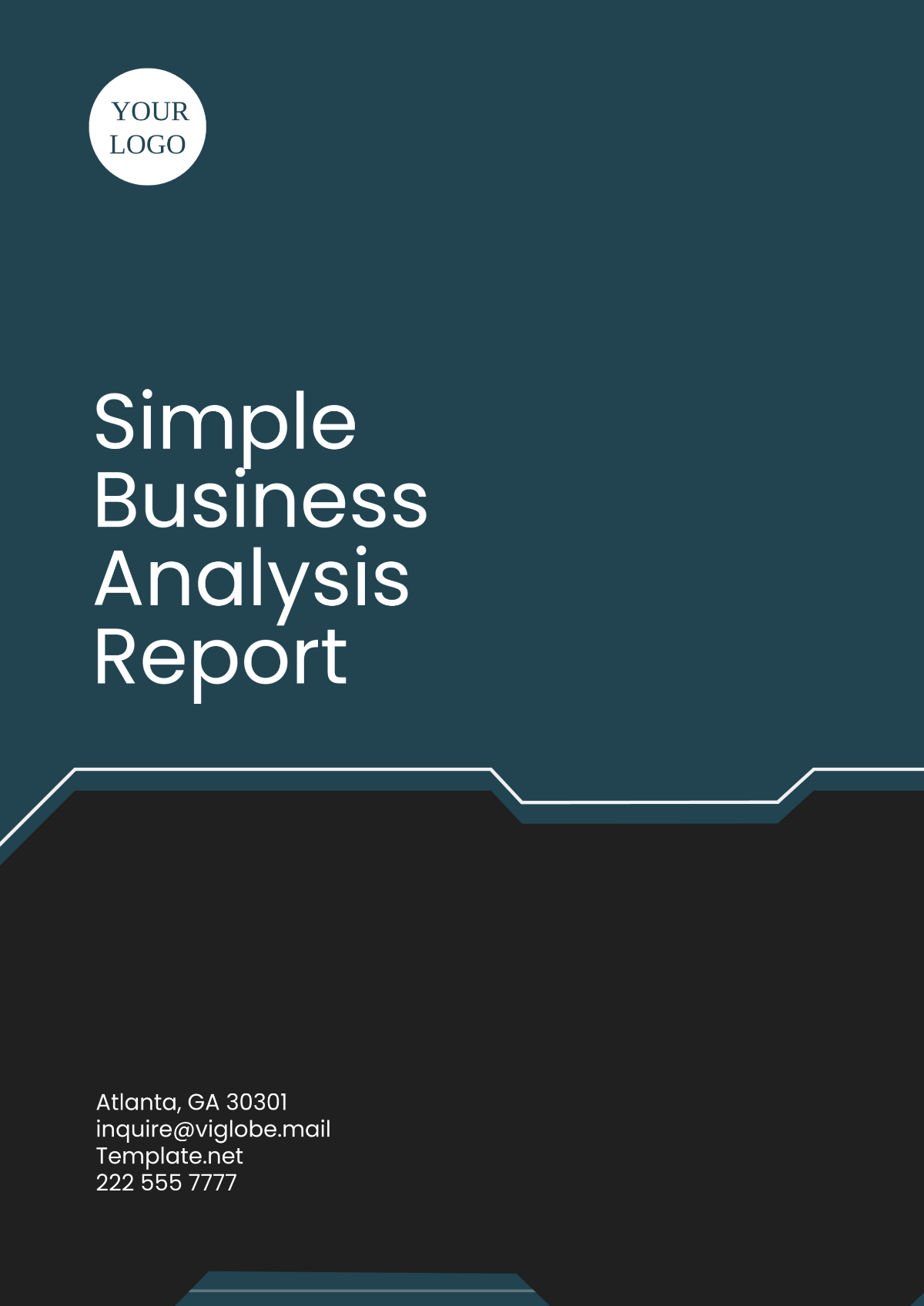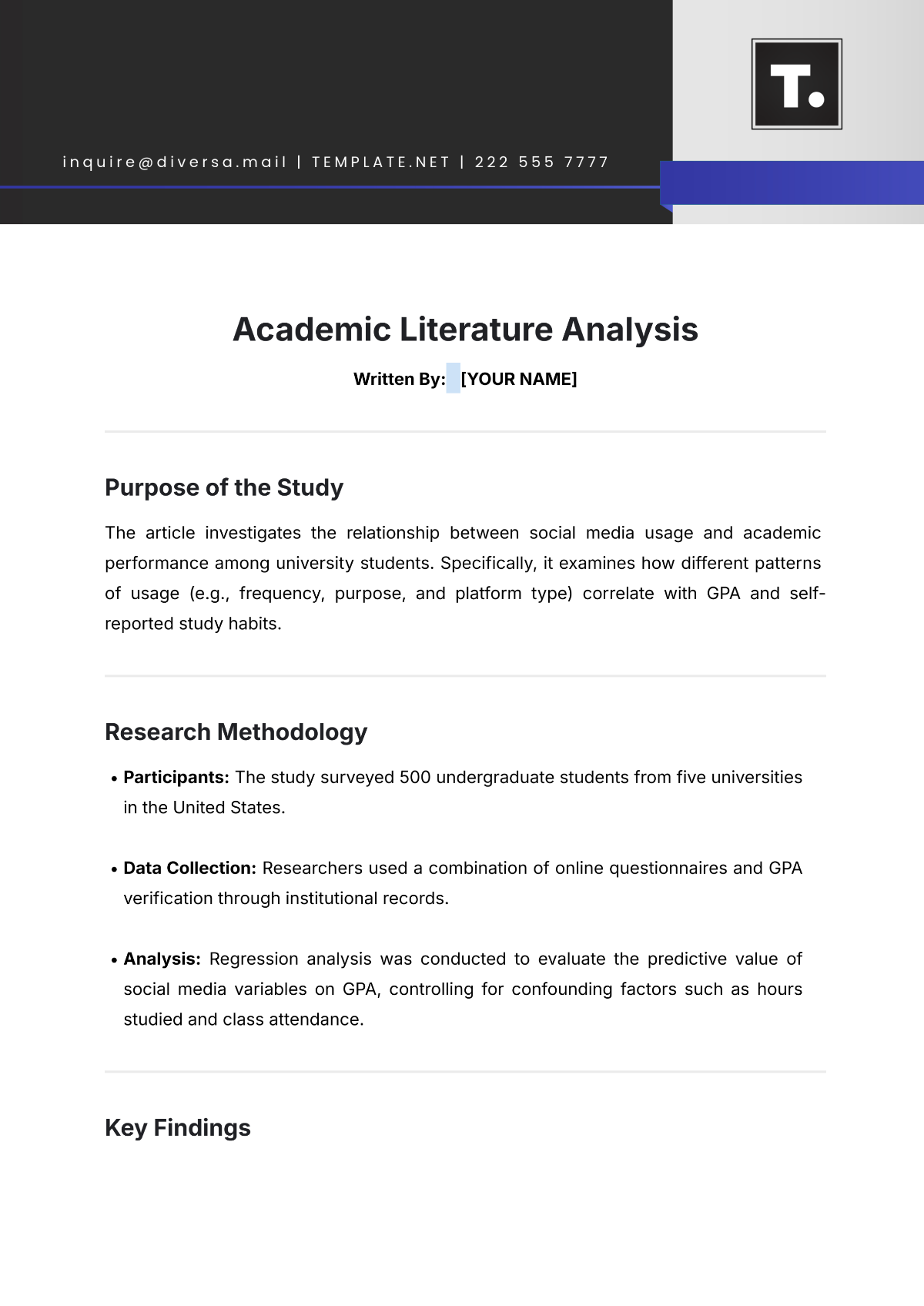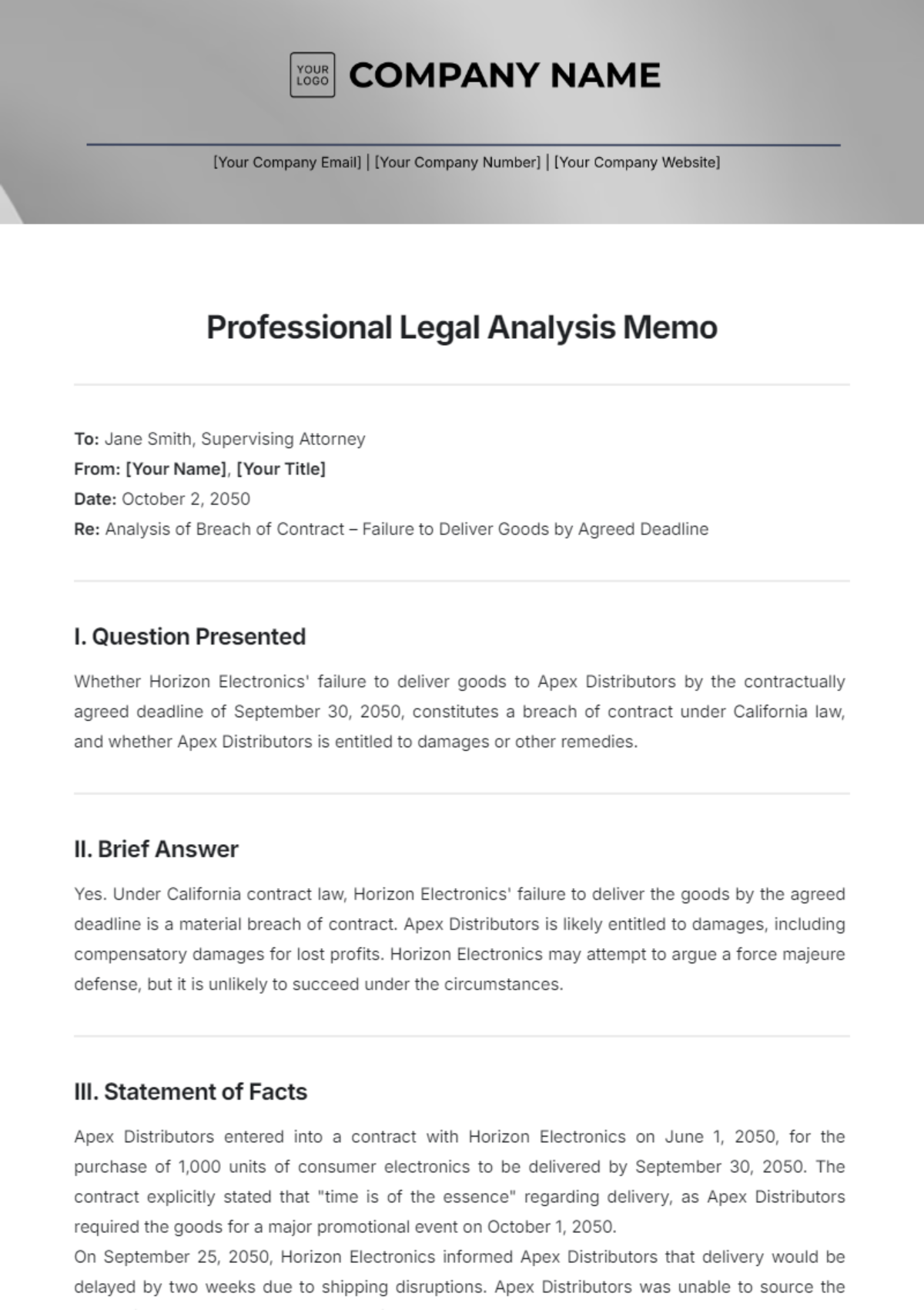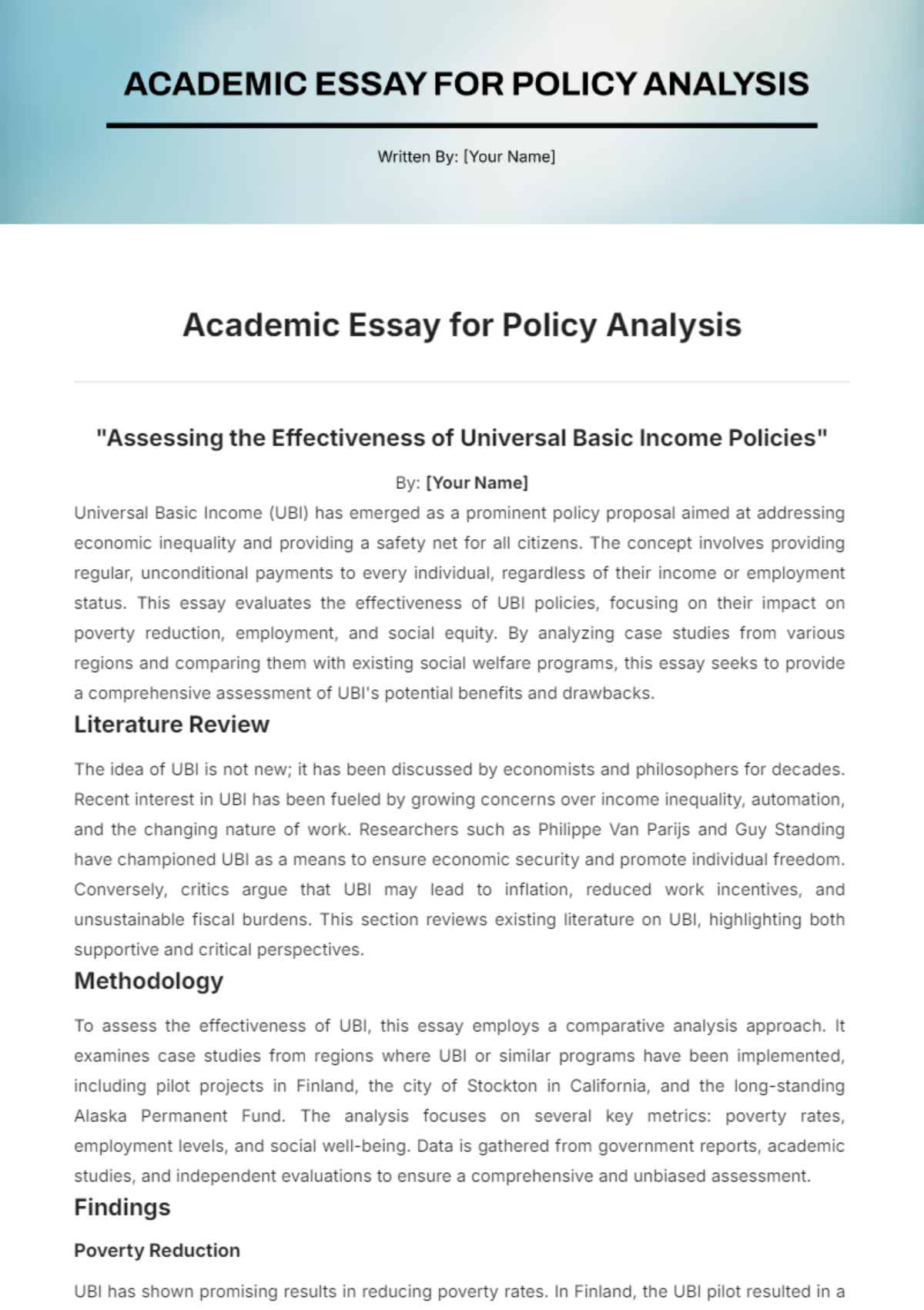Content Analysis Review
Prepared by: [Your Name]
Date: [Date]
1. Introduction
Content analysis is a systematic method used to evaluate the content of various forms of communication. This review aims to provide a comprehensive understanding of content analysis, examining its methodologies, applications, strengths, and limitations. The review will be structured into key sections, each addressing a specific aspect of content analysis.
2. Overview of Content Analysis
Content analysis involves the objective, systematic, and quantitative examination of content to identify patterns, themes, or biases. This method is widely used in social sciences, communication studies, and media analysis to interpret text, images, and other forms of data.
2.1 Definition and Purpose
Content analysis is defined as the process of analyzing written, spoken, or visual communication to make inferences about its content. The purpose of content analysis includes:
Identifying Patterns: Recognizing recurring themes or trends within content.
Quantifying Data: Measuring the frequency and significance of specific elements.
Evaluating Communication: Assessing the effectiveness and impact of the content.
2.2 Historical Background
Content analysis has developed significantly since its inception. Initially developed in the early 20th century, it has become a crucial tool in various research fields. The methodology has been refined to accommodate different types of media and data formats.
3. Methodologies
Content analysis methodologies can be broadly categorized into quantitative and qualitative approaches, each with distinct techniques and applications.
3.1 Quantitative Content Analysis
Quantitative content analysis focuses on measuring and counting specific elements within the content. This approach is characterized by:
Data Coding: Assigning numerical values to content features.
Statistical Analysis: Applying statistical methods to interpret the data.
Objectivity: Ensuring that the analysis is free from personal bias.
Example Techniques:
Frequency Counts: Counting the number of times specific words or themes appear.
Keyword Analysis: Analyzing the occurrence and context of keywords.
Sentiment Analysis: Measuring the sentiment expressed in the content.
3.2 Qualitative Content Analysis
Qualitative content analysis emphasizes understanding of the underlying meanings and themes within the content. This approach involves:
Thematic Analysis: Identifying and analyzing themes or patterns.
Narrative Analysis: Examining how stories or narratives are constructed.
Interpretative Methods: Providing deeper insights into the content's context and implications.
Example Techniques:
Coding and Categorization: Grouping content into categories based on themes.
Discourse Analysis: Analyzing how language is used to construct meaning.
Case Study Analysis: Exploring individual cases to conclude.
4. Applications
Content analysis is utilized in various fields for diverse purposes. Its applications include:
4.1 Media Analysis
News Coverage: Examining media bias and representation in news reporting.
Advertising: Analyzing the effectiveness and strategies of advertisements.
Social Media: Investigating trends and sentiments in social media platforms.
4.2 Academic Research
Literary Analysis: Studying themes and symbols in literature.
Historical Research: Analyzing historical documents and artifacts.
Communication Studies: Exploring patterns in verbal and non-verbal communication.
4.3 Business and Marketing
Customer Feedback: Analyzing customer reviews and feedback to improve products.
Market Research: Identifying trends and consumer preferences through content analysis.
Brand Analysis: Evaluating brand messaging and positioning.
5. Strengths and Limitations
5.1 Strengths
Systematic Approach: Provides a structured method for analyzing content.
Quantitative and Qualitative Insights: Offers both numerical data and in-depth understanding.
Versatility: Applicable to various forms of content and media.
5.2 Limitations
Bias and Subjectivity: Potential for researcher bias in qualitative analysis.
Contextual Limitations: Difficulty in capturing the full context of the content.
Data Overload: Challenges in managing and interpreting large volumes of data.
6. Conclusion
Content analysis is a valuable tool for understanding and interpreting various forms of communication. Its systematic approach allows researchers and analysts to uncover patterns, themes, and biases within the content. By employing both quantitative and qualitative methodologies, content analysis provides a comprehensive view of communication processes and their implications.

















































